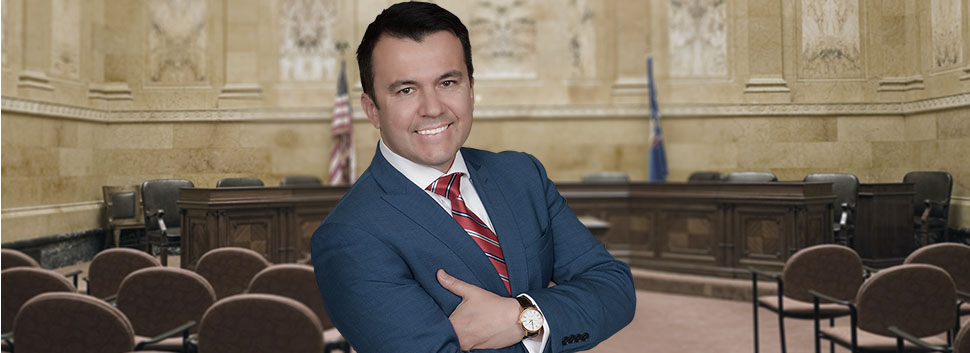Common Law Trademarks
Imagine this scenario: You start a film production company in California and use a distinctive name for your business over several years. By consistently operating under this specific name, you naturally acquire common law trademark rights. These rights play a crucial role in protecting your business's identity. They essentially prevent other film production companies in the same geographical area from using an identical or confusingly similar name. This form of protection is grounded in unfair competition laws, which are designed to avoid confusion among consumers and safeguard the reputation and brand recognition you've established for your film production company....
Continue reading










